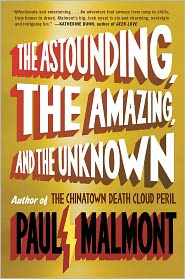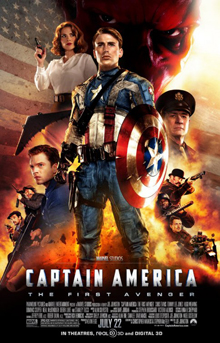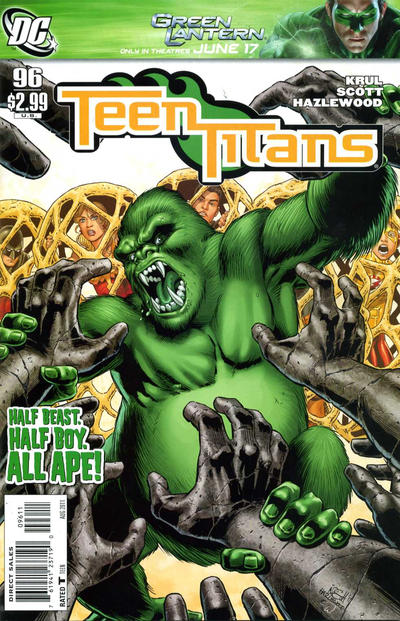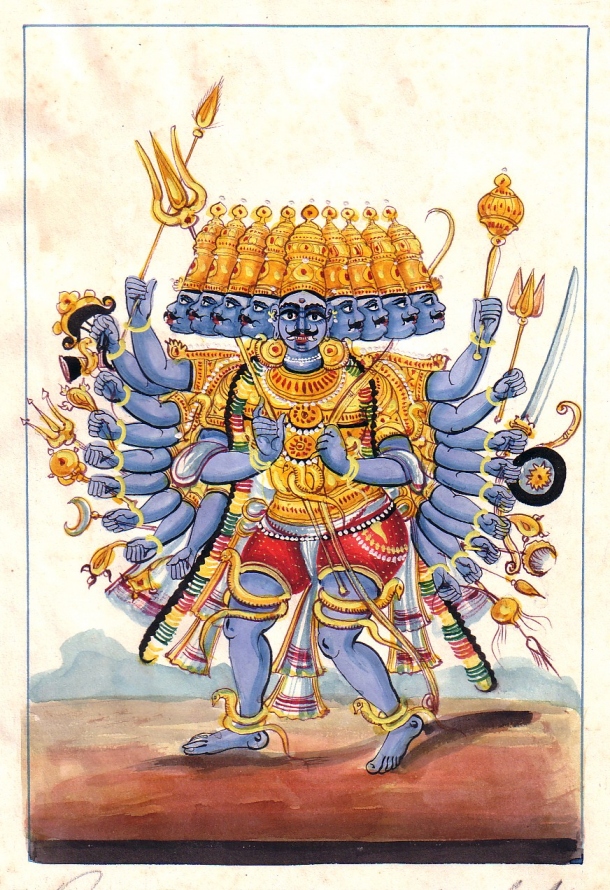“Part Two: The Four Families of Gotham”
At the end of the previous issue, in which bridges named after the Waynes, the Cobblepotts, and the Elliots were blown, I noted the title of this the next issue. Here we find that the fourth family is indeed named “Gates” – nineteenth-century stepbrothers who were the architects and builders of the eponymous bridges. The narrative jumps back and forth from the past to the present, telling the story of the brothers and the origins of Gotham City as well as the Bat-family – Dick and Tim in one team, Damian and Cassandra in another – dealing with the current threat. And it generally works well, giving the story a good bit of depth. I like this incorporation of a sense of history into the story – which will by all accounts continue into Snyder's coming run on the relaunched Batman title. There's some good interaction between typically obnoxious Damian and laconic Cass, as well as between her and Tim. And Dick is forced to make a choice between saving the Wayne Tower and saving arch-enemy Tommy “Hush” Elliot – a choice that leads to the startling revelation of the final page.
“Hungry City, Part Three of Three”
Dick Grayson Batman manages to survive his confrontation with the villainous Tiger Shark – who attempts to feed him to a killer whale (is it supposed to be a tiger shark? If so, it's drawn incorrectly) while telling him of his own heritage as an heir to the Sea Peoples of antiquity. The bad guy gets away – to return in the future, I'm sure. Dick manages to make his appointment with his old friend James Gordon Jr. – an appointment made at the behest of James' father the commissioner who still has his doubts about his son. A little reminiscing recalls a bully, Ben Wolff, who had tormented James when they were younger – but who James now reports is a pharmaceutical rep and “nice as could be.” But something he says clicks in Dick's mind regarding his confrontation with the Tiger Shark, bringing Batman into a final confrontation with Sonia Branch, who it turns out had manipulated the investigation of her friend's death to pit him against her own enemies first, who were harrassing her to launder money for them. This is a new kind of criminal very different from her own gangster family in the past she is indeed, it appears, trying to put behind her - against whom, she believes, normal law enforcement would be no help. Dick berates her for misleading him - but I think Snyder means us to see that there's some truth in what she says. They part rather awkwardly: “Goodnight, Ms. Zucco.” “It's Ms. Branch.” “That's what I said.” I think we'll see her again.
Running through the story is Dick's inner dialogue recalling a high-diver in Haley's Circus, who had emphasized that the situation much be judged before taking action – whose one lapse in such judgment had led to his own death. That revelation opens the bombshell of the last two pages, where we find out that James Gordon Sr.'s instincts about his son are horrifyingly on target – and that Dick won't be seeing Ben Wolff ever again – or if he does Wolff won't have it all together at least.
I am so glad Snyder is helming the Batman title come September ... I just hope the plot elements concerning Dick are followed up in Nightwing as well.
“Friends”
Very apt title – the “end” of the “friendship” between the sirens – Catwoman, Harley Quinn, and Poison Ivy. Calloway continues to emphasize that, as goofy as she may be, Harely Quinn is herself an insane genius to be reckoned with, as she continues a skillful psychological manipulation of her opponent, in this case Poison Ivy, taking her out. But then Harley and “Mistah J” go against Bruce Wayne Batman and Catwoman – and lose. As Harley and Joker are being taken back to their cells, Bruce and Selina have an interesting exchange: “I know she has to be here,” Selina tells him. “She's made progress in the past,” Bruce replies. “She'll make it again.” “Still … she was never the problematic one,” Selina muses. A few moments later, Bruce thanks her for helping out and says, “I might make a true hero out of you yet.” She scoffs, “Don't hold your breath. I've still got a few treacherous acts up my sleeve.” Which sets up her confrontation with Ivy, who has apparently been out cold since Harley put her down: “I could let you go,” Selina tells her. “I could let you escape down these tunnels. But I won't. You are a mass murderer. A cold-blooded killer. But that's not why I've doing what I'm about to do. I'm doing it for revenge.” Selina recalls when Ivy, back at the beginning of this series, was tortured by Ivy in an attempt to get the identity of Batman: “A long time ago, you tried to steal something from me, take it by force. Did you think I'd forgotten? That I'd forgiven? ... Goodbye, Ivy. Enjoy your stay at Arkham.” Wow!
What a way to end the series! – But it's not the end. I think there are two more issues – I guess they'll essentially be Catwoman stories. Oh well – this was a great issue nonetheless, with a lot of good dialogue as well as artistic flourishes, particularly a single page image paralleling Joker and Harley with Catwoman and Batman:
- as well as a double-page spread framing the battle in opposing silhouettes of Joker and Batman:
I repeat, Wow!
I confess that I didn't really care for the direction the first part of this three-parter was taking - obviously headed toward the break-up of the sirens. This series overall has been a lot of fun, and the darker turn was unexpected - until the news of the "DCnU" hit. But in light of where the September relaunch is taking the characters, it was necessary. I don't think we know where Poison Ivy will end up, but the end of this issue gets Harley in position for Suicide Squad #1 (although I won't be following her there), and Catwoman will have her own solo book. I wonder what changes we'll see to her situation before Catwoman #1?
Cheers!































